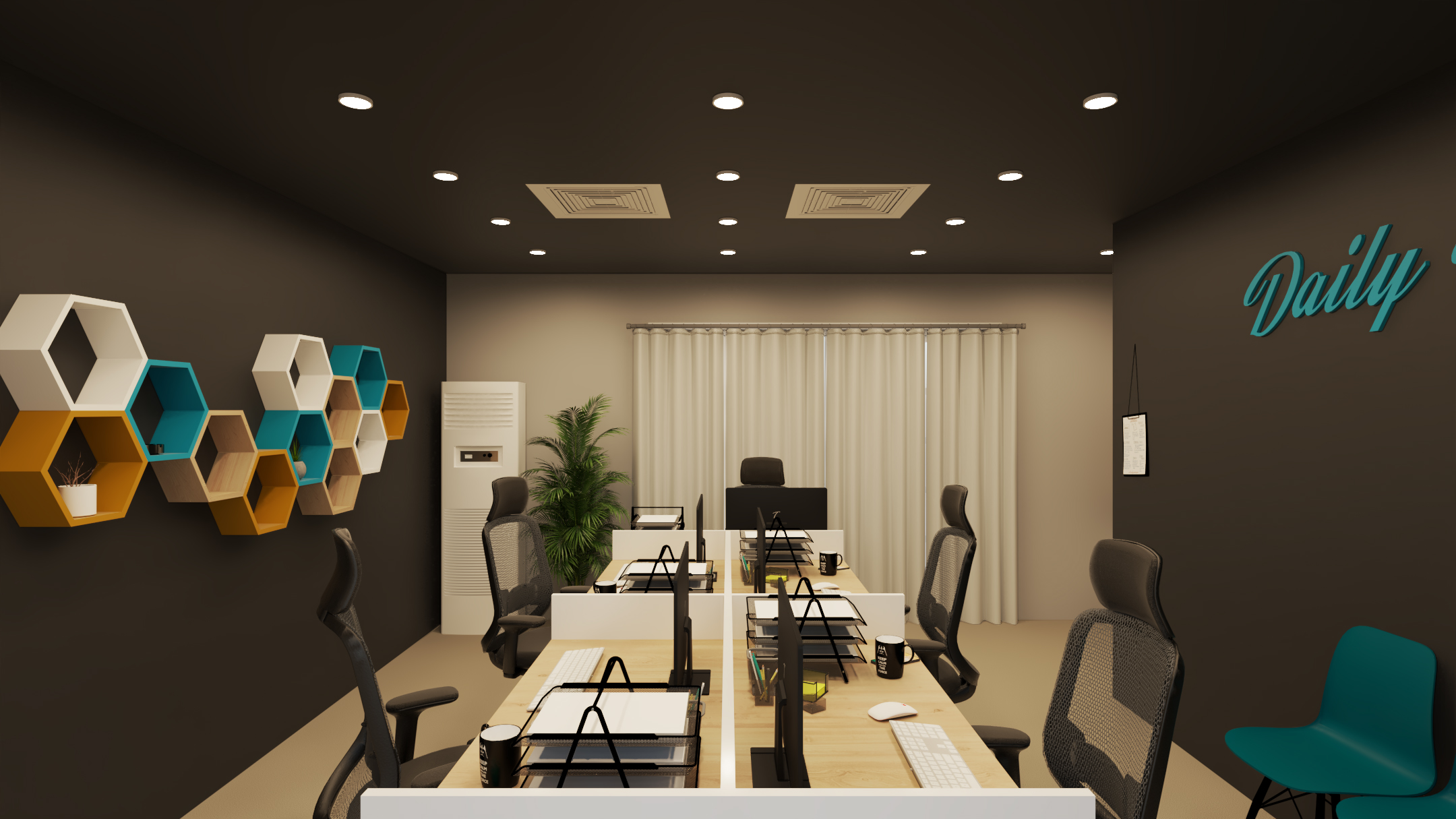Imagine walking into a room bathed in serene blues and greens, instantly feeling calm and relaxed. Or stepping into a space with vibrant red accents that energize and invigorate. These experiences illustrate the powerful influence of interior design on our emotions and well-being. The psychology of interior design explores how colors and layouts can profoundly impact our mood, making homes not just visually appealing but also emotionally enriching sanctuaries.
-
Understanding Color Psychology
Color psychology forms the foundation of how different hues elicit specific emotional responses. Warm colors like reds, oranges, and yellows are known for their stimulating effects, promoting activity and energy. In contrast, cool tones such as blues, greens, and purples evoke feelings of calmness and relaxation. Neutral colors like whites, grays, and browns create a sense of balance and harmony. The choice of color palette in interior design can thus dictate the atmosphere of a room, influencing occupants’ moods and behaviors.
-
Impact of Colors on Mood
Each color exerts a unique psychological impact. For instance, blue is often associated with tranquility and serenity, making it ideal for bedrooms and spaces intended for relaxation. Green symbolizes nature and growth, fostering a sense of renewal and rejuvenation, suitable for both living areas and offices. Yellow enhances optimism and creativity, making it a great choice for kitchens and workspaces. Understanding these associations allows interior designers to tailor spaces to meet specific emotional needs and functions.
-
Creating Mood with Layouts
Beyond color, the layout of a room plays a pivotal role in shaping mood. A well-planned layout optimizes space functionality and flow, contributing to a seamless living experience. For instance, open layouts enhance social interaction and promote a sense of spaciousness, ideal for family rooms and entertaining areas. In contrast, intimate layouts with defined zones create coziness and privacy, suitable for bedrooms and reading nooks. By considering how occupants will interact with and move through a space, designers can enhance comfort and emotional well-being.
-
Balancing Aesthetics and Functionality
Effective interior design strikes a balance between aesthetic appeal and practical functionality. Furniture placement, lighting solutions, and spatial organization are integral to achieving this harmony. Minimalist designs, characterized by clean lines and clutter-free spaces, not only create visual tranquility but also reduce stress by promoting order and simplicity. Such designs are particularly beneficial in urban environments where space optimization is essential for enhancing both physical and psychological comfort.
-
Harnessing Feng Shui Principles
The ancient art of feng shui offers valuable insights into optimizing energy flow within a space. Principles such as furniture placement to facilitate smooth movement and the use of natural elements to harmonize surroundings can significantly influence mood and well-being. By integrating feng shui principles, interior designers can create environments that not only look beautiful but also feel harmonious and supportive of occupants’ health and happiness.
-
Personalization and Client Satisfaction
Tailoring interior design to individual preferences and lifestyle is crucial for fostering client satisfaction. A collaborative approach ensures that spaces reflect the unique personalities and needs of occupants, enhancing their emotional connection to their homes. By incorporating clients’ favorite colors, meaningful decor, and functional layouts, designers create environments that resonate on a personal level, promoting a sense of belonging and well-being.
The psychology of interior design reveals how colors and layouts can significantly impact our mood and quality of life. By harnessing color psychology, optimizing spatial layouts, and integrating principles like feng shui, designers create spaces that not only look aesthetically pleasing but also nurture emotional well-being. Whether creating a serene bedroom retreat or a vibrant, energizing workspace, thoughtful interior design enhances our daily experiences and enriches our lives.




